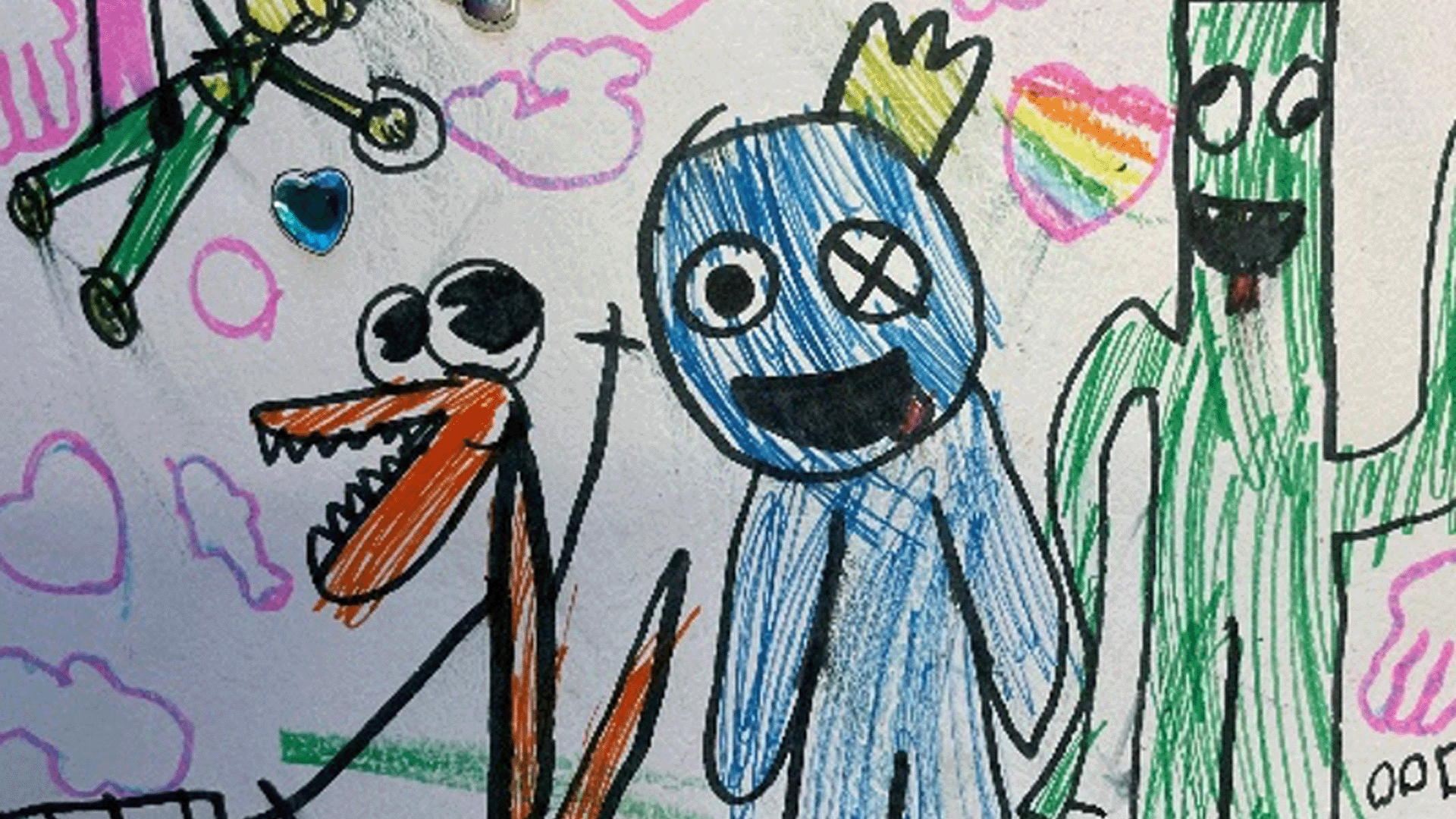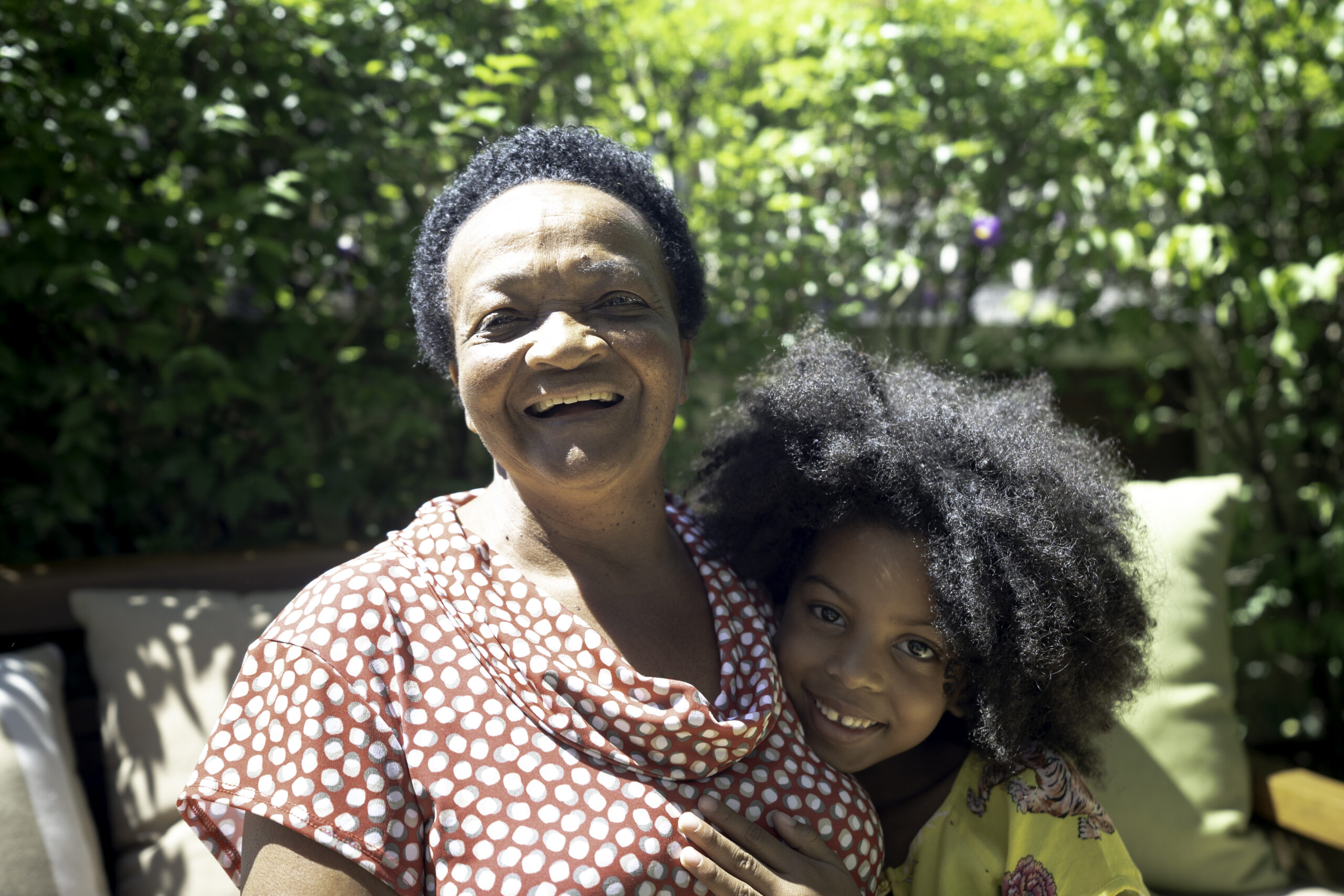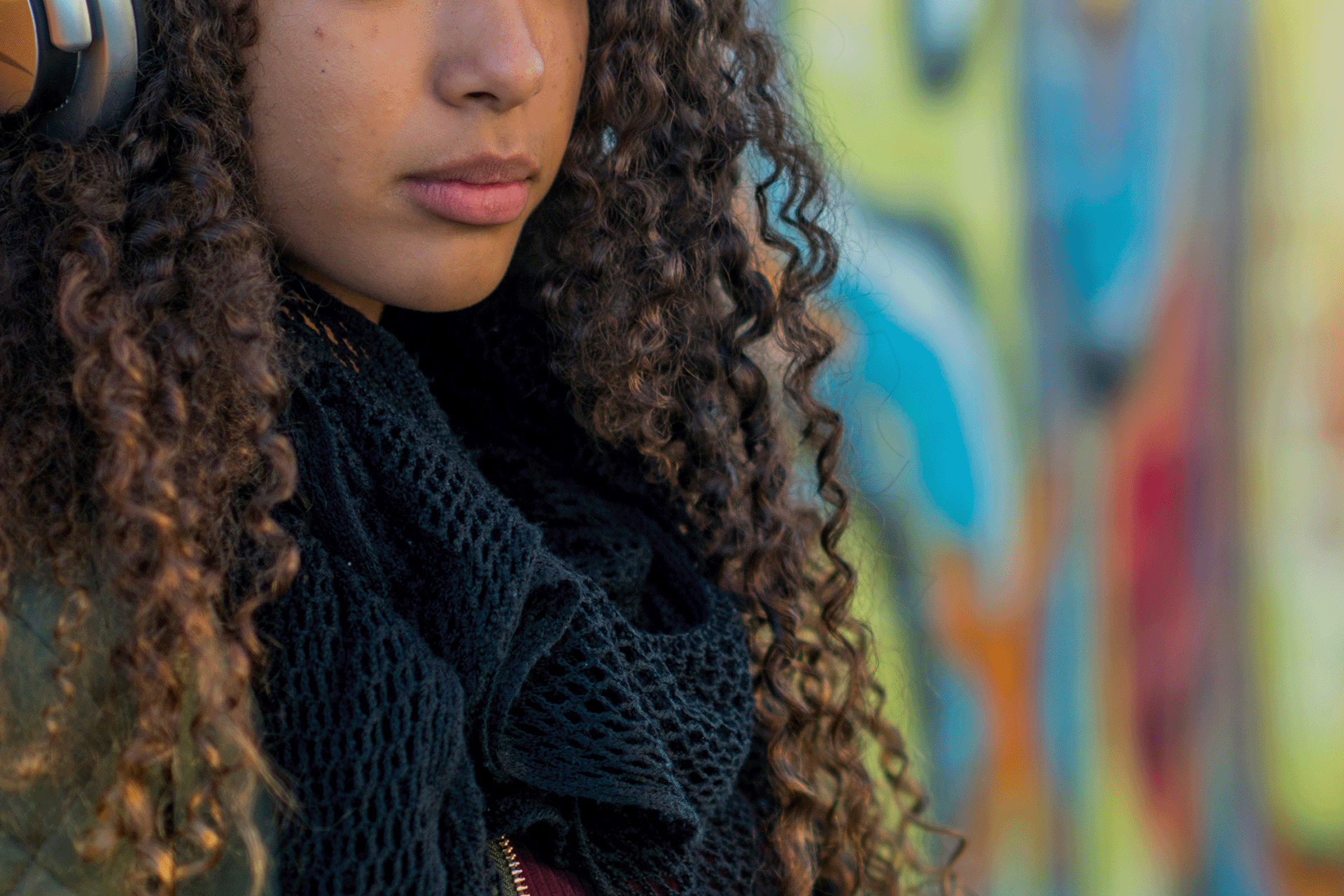Tragedy Strikes a Bronx Family
Miguel was always a reserved teen, but when our Art Therapist, Stephanie, first met the 15-year-old, he seemed to keep more to himself than most. She came to learn that he had just experienced the tragic loss of his youngest sister to gun violence in his Bronx neighborhood. Her death was publicized in local news media, and his trauma being exposed to the general public caused him to become more reserved and withdrawn for his safety. He needed an outlet to express his emotions in a healthy way and make new meaning of his sister’s place in his life.
How We Support Child Grief
Children like Miguel are not an anomaly. Kids and teens experience grief differently than adults, and their grief can be misunderstood at times. Our Loss and Bereavement Program for Children and Adolescents supports children, families, schools, and other community-based organizations to better understand and cope with grief. They facilitate short-term closed groups for children and teens ages 3-18 via Zoom and within select schools throughout the five boroughs. These groups are grounded in Trauma-Focused Cognitive Behavioral Therapy (TF-CBT) principles and include expressive arts activities to move through affect regulation, coping skills, grief work, meaning-making, and resiliency building.
Art and a Safe Space Amongst Peers
Part of Stephanie’s role is fostering a safe space for the youth in her group by helping them find commonalities and normalizing whatever feelings were coming up for them. He and the other students benefited from her curated, age-appropriate icebreaker activities that helped them slowly lower their guard around one another and build trust.
Just a few short weeks after attending grief group sessions, Miguel began opening up and speaking. His reserved and angry exterior started to dissolve. He even began modeling empathy and vulnerability for others in the group; if a student became emotional in a session or struggled to verbalize something, he would chime in and give his own experience with something similar, normalizing the emotions of his peer.

I’m surprised with how much I share about myself in group because I never share my feelings with anyone.”
—Miguel
Another critical aspect of group is that students aren’t forced to participate; they could show up and talk or not talk at their leisure, taking some of the pressure off. However, establishing group norms early on helped the teens know that what was said in that space stayed in that space and was for their ears only. What touched Stephanie the most was Miguel’s thoughtful and considerate nature. His growth was evident as he surpassed his own expectations. In their final session, he thanked his peers and reflected on his progress. He said, “I’m surprised with how much I share about myself in group because I never share how I feel with anyone.” This moment demonstrated that Miguel gave himself permission to feel and explore his emotions in a safe space he helped create.
Choosing to Return and Grow
Armed with the tools he learned in his first grief group, Miguel decided to join the group again the following year to continue receiving and offering support with his peers. This time, art therapist Simi facilitated the group and noted that Miguel seemed to come to a better place of acceptance his second time around. His sense of humor emerged, and he led with jokes, as did other group members. They normalized the use of humor – even dark humor – surrounding death to both express and distract themselves. Simi noted, “I’m drawn to this work because it provides kids and teens a place to be their most authentic selves and helps validate their experiences. We need more of that – we need more places for kids to share their experiences and not be policed.”
On the other hand, Stephanie realized that she is drawn to this work because she knows school can be hard and a space apart from the classroom can be really helpful. Kids can get pigeon-holed easily, and with all the pressure to put on an act, the group allows them to be more of themselves.
Miguel’s journey is a testament to the power of community and the importance of providing a supportive environment for students to express their grief and loss.
*Names have been changed to protect the privacy of our clients.
Learn more about our children's mental health programs and how we’re supporting New York's next generation.
Children’s Mental Health
Learn More About the NEW YORKERS We Serve
Meet some of the New Yorkers The Jewish Board has been serving across the five boroughs of New York City for nearly 150 years.






